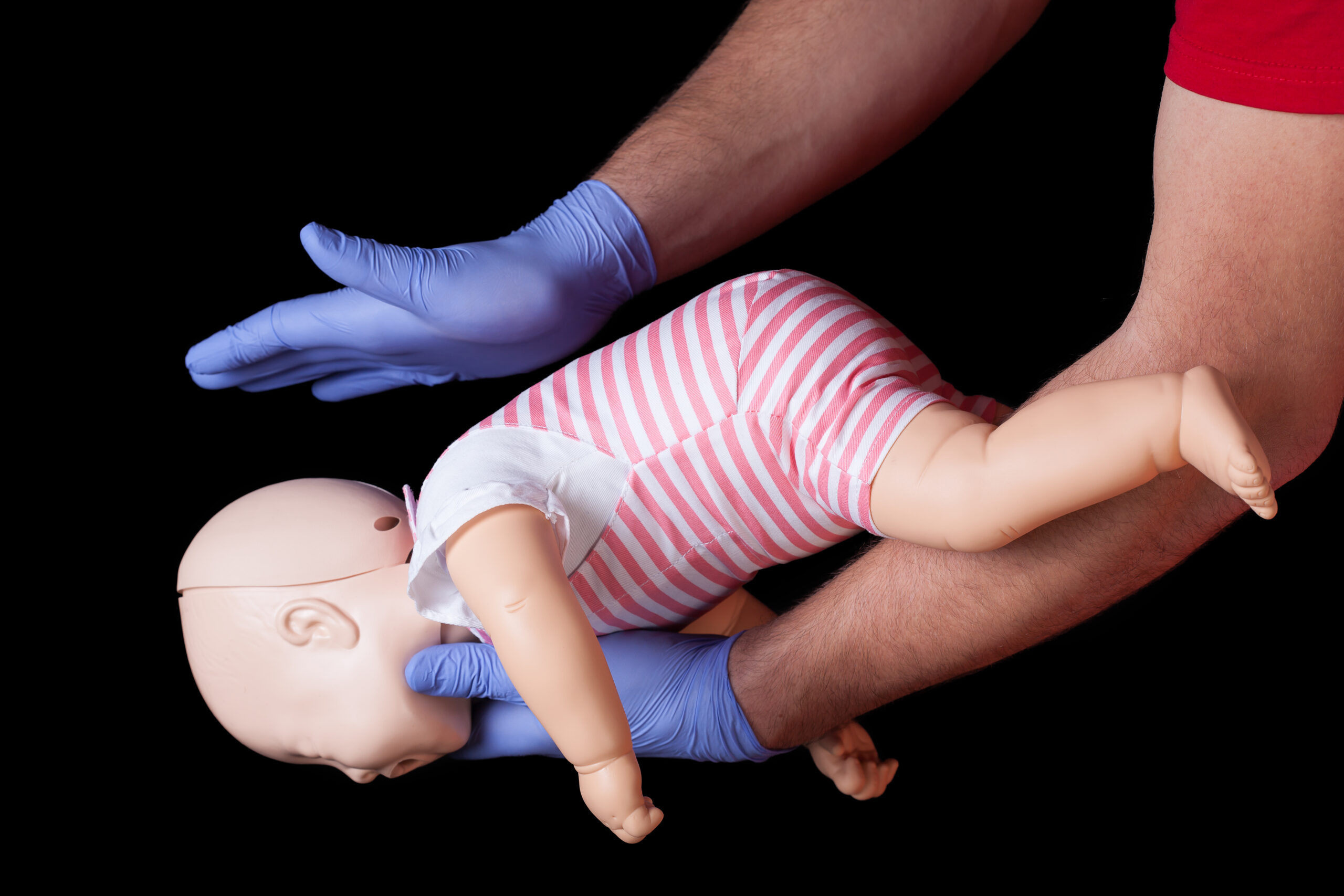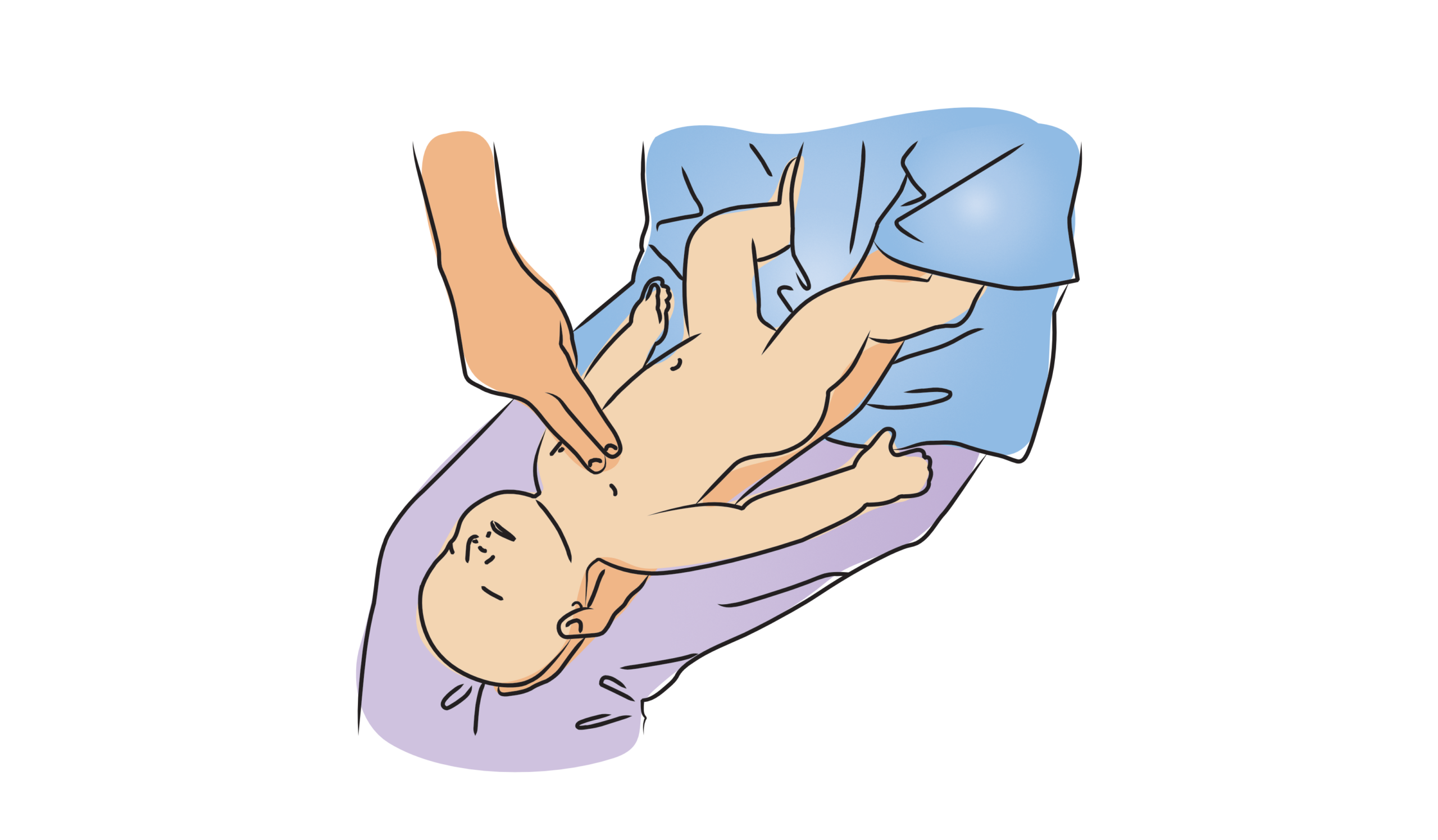Choking
The Epidemiology of Choking
Choking
is caused by a foreign body that inadvertently obstructs the airway. This is more common in children and older individuals. According to the National Safety Council’s
Injury Facts 2019, choking is tied with drowning as the third leading cause of preventable death in public places2
but makes up a smaller proportion of deaths in the home.3 The lifetime odds of dying from choking on food are 1 in 2,535.4
What Causes Choking?
Most foreign bodies that cause choking in children are nuts, seeds, or other small, solid objects they might put in their mouth.
In adults, the cause of foreign body aspirate is a wide range of inhaled inorganic and organic substances ranging from pins, nails, and dentures to incompletely chewed meat, live fish, leeches, and roundworms.
Café Coronary Syndrome
refers to fatal or near-fatal choking caused by inadequately chewed meat.
Café Coronary Syndrome most commonly occurs in older individuals with chewing problems, swallowing disorders, or neurologic disorders such as Parkinson’s disease.

Clutched Hands Throat Universal Choking
How to Identify a Choking Person
When a person is choking, the foreign body has caused a total or near-total occlusion of the airway. This occlusion can be fatal if not dislodged quickly.
Choking Episode in Infants
When infants are choking, they present with the following signs:
- Increased respiratory effort (nasal flaring, marked retractions above the clavicles and ribs, grunting or wheezing sounds with each attempted breath)
- Color change cyanosis
– a skin color change to a bluish shade - Change in level of consciousness from awake and active to drowsy until there is a loss of consciousness

Infant Choking
Choking Episode in Children and Adults
A child or adult who is choking will let you know through the following presentations:
- A panicked look on the face
- Inability to talk
- Grunting, nasal flaring, and marked retractions above the clavicles
- Hand gestures towards the throat (or clutching their throat) because they cannot talk due to the complete obstruction in the upper airways
- Hunched over in what is known as the
tripod position

Child Choking
Introduction
The lay rescuer should understand the basic steps involved in managing an individual who is choking:
Choking Algorithm
Helping a Choking Infant
Step 1. Confirm the Infant is Choking and Have Someone Call 911
The previous section discussed how an infant appears when there is a complete foreign body obstruction. There will be an increased effort of breathing, a change in color, and a change in the level of consciousness.
Rescuer performs the following:
- Taps on the baby’s feet and shouts, “Baby! Baby! Are you okay?”
- If there is a response or the baby is conscious, they seek help and direct someone to call the paramedics by dialing 9-1-1. They then
proceed to step 2 below. - If the baby is unresponsive and not breathing, the infant is in cardiac arrest The rescuer should perform CPR
for the infant in cardiac arrest.
Step 2. Perform Five Back Slaps
Rescuers perform the following to deliver five back slaps:
- The rescuer holds the baby by the jaw with one hand.
- The rescuer cradles the baby across their arm, with the head facing downward about 45 degrees.
- The rescuer delivers five back slaps using the heel of the hand while briskly slapping the center of the baby’s back between the scapulae five times.
If the obstruction persists, the rescuers proceed to step 3 and perform chest thrusts.

Back-Slap Position for Choking Infant
Step 3. Perform Five Chest Thrusts To perform five chest thrusts, the rescuer:
- Turns the baby over from the back slap position so that they are face-up.
- Nestles the baby against the rescuer’s arm, supporting the neck with their hand.
- Keeps the baby’s head pointing downward at a 45-degree angle, but with the head still facing up.
- Performs five chest thrusts:
- With the index and middle fingers of their dominant hand, they locate the center of the chest just below the nipple line.
- Each chest thrust is performed by compressing the chest about 1-½ inch or about 1/3 of the infant’s anterior-posterior chest diameter.
If the five chest thrusts do not dislodge the foreign body, the rescuer proceeds to step 4
and looks inside the mouth.

Chest-Thrust Position
Step 4. Look Inside the Infant’s Mouth
The rescuer checks inside the infant’s mouth to see if the five back slaps and five chest thrusts have dislodged the obstruction. If the object causing the obstruction can be seen, they remove it with their fingers. Rescuers should not
attempt to use their fingers to sweep inside the infant’s mouth to avoid pushing the obstruction further into the airway.
If the obstructing object is not visualized, they proceed to step 5, giving two rescue breaths.
Step 5. Give Two Rescue Breaths.
Rescuers perform rescue breaths by:
- Holding the infant cradled in their arm.
- Making a seal between their mouth and the infant’s mouth and nose.
- Giving two breaths for 1 second each, with enough volume in each breath to visualize a chest rise.
The whole process is then repeated, beginning in step 2 until paramedics arrive or the rescuer needs to perform CPR.
Step 6. The Infant Becomes Unresponsive – Perform CPR
This section deals only with choking first-aid interventions. We have an in-depth course on CPR for infants. The learner should complete that course before performing CPR in public.
When the infant becomes unresponsive, responders should:
- Lay the infant on their back on a hard and flat surface.
- Have someone retrieve an AED and verify that the paramedics are on the way.
- Perform a head tilt-chin lift maneuver to open the airway.
- Use a finger to remove the obstruction if it is visible.
- Prepare to give rescue breaths if the obstruction is not visible
- Form a seal over the patient’s mouth, give two consecutive breaths over 1 second with enough volume to visualize a chest rise.
- Begin high-quality CPR.
- Check for a foreign body inside the patient’s mouth each time breaths are given.
- Use a finger to remove the foreign body only if it is visible.
- Apply the AED as soon as it arrives.
Related Video: How to Treat Conscious Choking Infants
Related Video: CPR Techniques – Treating an Unconscious Choking Infant
Helping a Choking Child or Adult
Step 1. Confirm the Person is Choking and Have Someone Call 9-1-1
The previous section discussed what an adult or child looks like if there is complete foreign body obstruction. They will be in a panic and clutching their throat, signifying that something is wrong. There is an increased effort of
breathing with grunting, and wheezing sounds are present. The person will be hunched over in a
tripod stance. Rescuers should perform the following:
- Tap on the person’s shoulder and shout, “Are you choking?” They will likely nod to this question.
- Seek help and have someone call the paramedics by dialing 9-1-1.
- Proceed to step 2 below and perform abdominal thrusts.
If unresponsive and not breathing, the person is in cardiac arrest. The rescuer must forego all the following steps and proceed to perform CPR for the child or adult in cardiac arrest.
Step 2. Perform the Heimlich Maneuver (Abdominal Thrusts)
The following are instructions for rescuers to perform the Heimlich maneuver:
- Stand behind the individual who is choking. If the person is a child, the rescuer may need to kneel on one knee to more easily reach the abdomen when performing the Heimlich maneuver.
- The rescuer makes a fist with their dominant hand (or whichever is comfortable), with their thumb against the patient’s abdomen three finger lengths below the
xiphoid process. The xiphoid process is a small bone just below the end of the breastbone. - Support the dominant hand with the other hand.
- Compress the abdomen with an upward motion toward the diaphragm.
- Continue the Heimlich maneuver until the obstruction is relieved or if the patient becomes unconscious.
If the obstruction is relieved, the rescuer stays with the patient until the paramedics arrive. It may be necessary to transport the patient to the emergency department for further assessment.
If the choking individual becomes unresponsive, rescuers proceed to step 3 and begin performing high-quality CPR.
Step 3. The Patient Becomes Unresponsive – Perform CPR!
This section will deal only with first-aid interventions for choking as we have an in-depth course on CPR for children and adults. Please make sure to complete those courses, as well, before performing CPR in public.
If the patient becomes unresponsive, instructions for responders are as follows:
- Lay the individual on their back on a hard and flat surface.
- Have someone retrieve an AED and make sure that EMS is on the way.
- Perform a head tilt-chin lift maneuver to open the airway.
- If an obstruction is visualized, it can be removed using a finger.
- If an obstruction cannot be seen, give rescue breaths.
- The rescuer forms a seal over the patient’s mouth and gives two consecutive breaths over 1 second with enough volume to perceive a chest rise.
- Begin high-quality CPR.
- Each time mouth-to-mouth breathing is performed, the rescuer checks to see if there is a foreign body inside the patient’s mouth.
- If visualized, the foreign body may be removed using a finger.
- Apply the AED as soon as it arrives.
Related Video: How to Treat Conscious Choking Children
Related Video: CPR Techniques – Treating an Unconscious Choking Child
Related Video: How to Treat Conscious Choking Adults
Related Video: CPR Techniques – Treating an Unconscious Choking Adult
Special Considerations
Modified Heimlich Maneuver for the Choking Patient Who is Obese or Pregnant at or Near Term
In the case of a patient who is obese or heavily pregnant, a responder may be unable to wrap their arms around the abdomen. Therefore, it would be difficult to effectively administer the Heimlich maneuver. In these cases, the rescuer
needs to perform a modified
Heimlich
maneuver, changing their arm and hand position to a location higher on the thorax. The following are the recommended maneuvers involving the use of chest thrusts instead of abdominal thrusts:
- The rescuer stands behind the patient, wrapping their arms around the patient’s chest.
- Making a fist at the center of the patient’s chest at about the lower one-third of the breastbone, the rescuer thrusts both hands posteriorly about 2 inches.
- Using both arms, the rescuer simultaneously squeezes all around the patient’s thorax.
Related Video: Special Considerations Regarding CPR and Choking
Related Video: Procedures for Treating a Choking Pregnant Woman – New 2020 AHA Guidelines
Related Video: Procedures for Treating an Obese Choking Person – New 2020 AHA Guidelines
2 Deaths in public places. National Safety Council website. Accessed October 18, 2021.
https://injuryfacts.nsc.org/home-and-community/deaths-in-public-places/introduction/
https://injuryfacts.nsc.org/home-and-community/deaths-in-the-home/introduction/
https://injuryfacts.nsc.org/all-injuries/preventable-death-overview/odds-of-dying/